As students and educators across the nation gear up for a new academic year, a host of fresh challenges and lingering issues from the past year loom large. From navigating new laws to addressing the rise of AI-driven bullying, here are the top five issues shaping the 2024-2025 school year.
College campuses are bracing for another wave of student activism, particularly around the ongoing conflict in Gaza. Protests last year saw students setting up encampments and demanding their institutions divest from Israel, resulting in thousands of arrests. The unrest culminated in significant tensions at universities like Columbia and UCLA, drawing national attention and even congressional hearings.
Mahmoud Khalil, a student negotiator at Columbia, indicated that the activism is far from over. "Students will continue their activism in both conventional and unconventional ways to push Columbia to divest from Israel," Khalil told Voice7news. Institutions like Northwestern and Brown University are set to hold votes this fall on whether to divest from companies engaged with Israel, suggesting that the protests will persist.
The integration of artificial intelligence in K-12 education has brought about a new and troubling form of bullying. Students have started using AI to create deepfake images and audio, resulting in severe consequences for their peers and educators. The rise in AI-driven bullying has educators struggling to discern what is real and what is artificially generated, a task made more complex by the lack of clear guidelines and legal protections.
Rep. Alexandria Ocasio-Cortez has been vocal about the need for legislation to combat deepfake pornography, highlighting the absence of federal protections for victims. As schools grapple with these challenges, the call for robust policies and technological safeguards is growing louder.
Policies regarding transgender students are set to be a major battleground this year. California’s new law, which protects students' privacy concerning their gender identity, has sparked a lawsuit and considerable debate. Meanwhile, the Biden administration’s changes to Title IX, which include protections for LGBTQ individuals, face ongoing legal challenges in multiple states.
Education Secretary Miguel Cardona emphasized the importance of these protections, stating, "These regulations make it clear that everyone has the right to schools that respect their rights and offer safe, welcoming learning environments." However, the legal disputes mean that these rules are only in effect in some states, pending further court decisions.
Education savings accounts (ESAs) are becoming increasingly popular as a school choice option, allowing parents to allocate state funds towards private schooling or homeschooling. States like Iowa have expanded ESA eligibility, while Texas remains embroiled in a contentious debate over the policy, particularly among rural lawmakers.
Aaron Hood, president of the Texas Association of Rural Schools, expressed concerns about the impact on smaller districts. "If we lose five or ten students, that’s a teacher salary. We can’t afford to have one less teacher, so now we’re cutting academic programs and sports," Hood explained.
Educators are also adapting to new laws, such as Oklahoma's mandate to include the Bible in lesson plans, a directive that has met resistance from multiple school districts. Rob Miller, superintendent of Bixby Public Schools, stated that his district would likely file a lawsuit if targeted for non-compliance.
Additionally, new book bans in states like Utah aim to remove materials deemed pornographic or indecent. These regulations have sparked debates over censorship and educational freedom, adding another layer of complexity for educators.
As the new school year begins, the education landscape is marked by significant challenges and transitions. From student activism and AI bullying to transgender rights and school choice policies, educators and students alike will need to navigate a rapidly evolving environment. The outcomes of these issues will undoubtedly shape the future of education in the United States.



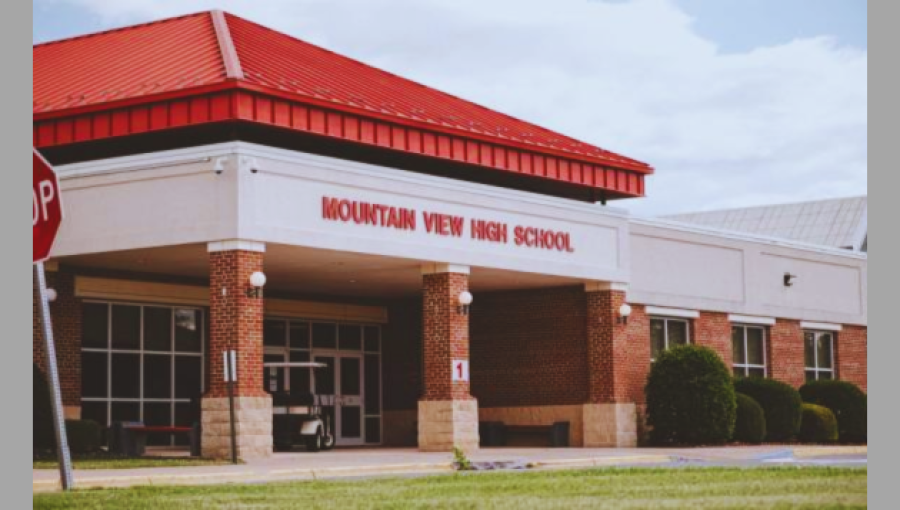


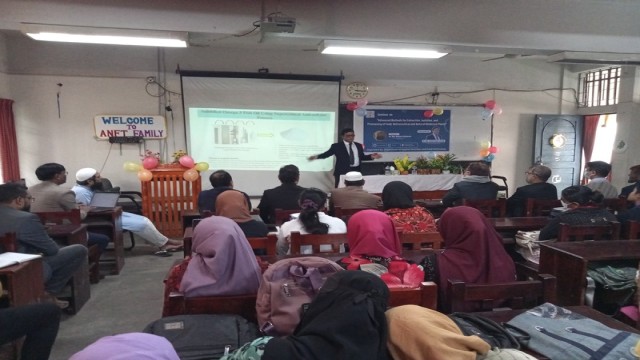
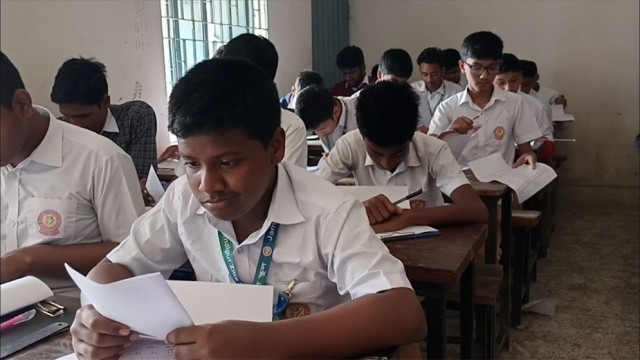





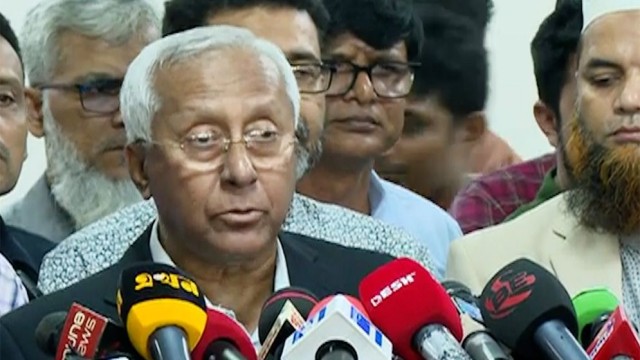




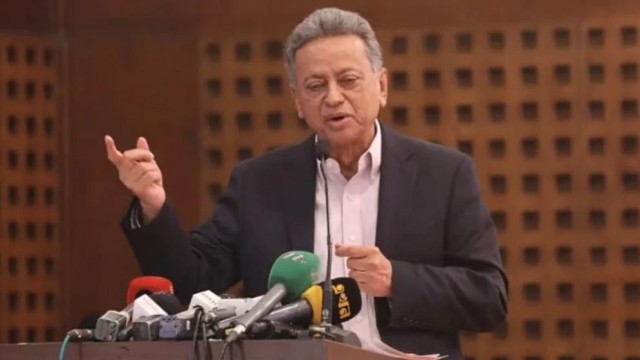












Comment: